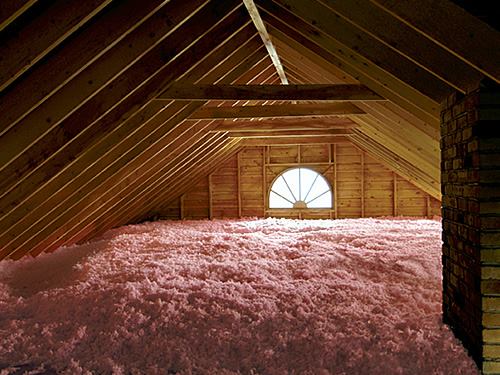Rise by Six: Your Daily Dose of Inspiration
Explore insights and stories that elevate your day.
The Great Insulation Debate: Keeping Cozy or Breaking the Bank?
Discover the truth behind insulation costs! Can you stay warm without emptying your wallet? Uncover the best options for your home!
Is High-Quality Insulation Worth the Investment? A Cost-Benefit Analysis
When considering whether high-quality insulation is worth the investment, it's essential to evaluate both the initial costs and the long-term savings. While high-quality materials may come at a higher upfront price, they often provide superior thermal performance that can lead to significant reductions in energy bills. According to a report by the U.S. Department of Energy, upgrading to better insulation can save homeowners anywhere from 20% to 50% on heating and cooling costs. Additionally, high-quality insulation helps maintain a consistent indoor temperature, enhancing overall comfort and reducing the workload on HVAC systems, which can also prolong their lifespan.
Beyond energy savings, investing in high-quality insulation adds value to your property. Homes with effective insulation are more attractive to buyers, especially in competitive real estate markets. Moreover, it can lead to potential tax credits or rebates from local or federal programs aimed at promoting energy efficiency. To summarize, while the immediate expense of high-quality insulation might seem daunting, the combination of reduced energy costs, increased property value, and potential incentives makes it a financially savvy choice for both current homeowners and future buyers.

The Hidden Costs of Poor Insulation: How Much Are You Really Paying?
When it comes to home maintenance, poor insulation often goes unnoticed until the costs begin to pile up. Homeowners might find themselves racking up higher energy bills due to inefficient heating and cooling systems that work overtime to maintain a comfortable temperature. In fact, studies show that homes with inadequate insulation can lose up to 20% of their heat during the winter months and 30% of their cooled air in the summer. This not just impacts your wallet, but also affects the overall energy consumption and carbon footprint of your household.
Additionally, poor insulation can lead to more severe issues such as dampness, mold growth, and structural damage over time. The cost of addressing these problems can escalate quickly, often requiring extensive repairs that may involve professional assistance. Homeowners should consider that the hidden costs of neglecting insulation can easily lead to thousands of dollars in repairs, making it essential to evaluate and improve your home's insulation regularly. Investing in proper insulation now can save you money in the long run and enhance your home's comfort and value.
Top Insulation Materials: Which One Will Keep You Cozy Without Breaking the Bank?
Choosing the right insulation materials can significantly affect your home's energy efficiency and comfort. Among the most popular options, fiberglass stands out for its affordability and effectiveness. Typically available in batt or loose-fill form, fiberglass insulation offers an excellent balance between cost and thermal performance. Another option, cellulose insulation, made primarily from recycled paper products, not only provides superior insulation but is also an environmentally friendly choice. These materials are widely used in attics and walls, ensuring that your space remains cozy during the winter months without straining your budget.
As you explore your options, consider foam board insulation for areas that require extra thermal resistance. This rigid form of insulation can be used below grade or as exterior sheathing, creating a seamless barrier against heat loss. Additionally, spray foam insulation has gained popularity for its ability to expand and fill gaps, making it ideal for irregular shapes and hard-to-reach areas. However, it's essential to compare costs and insulation values per square foot, so you can determine which insulation material will effectively keep you cozy while staying within your financial means.